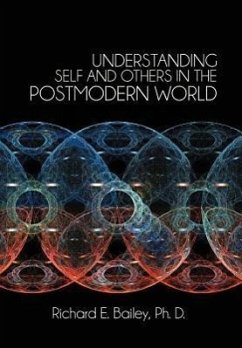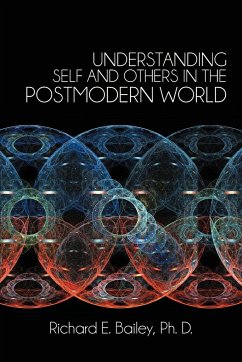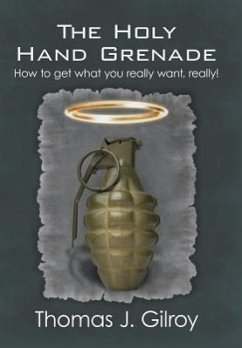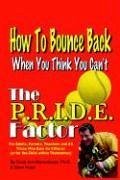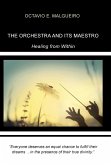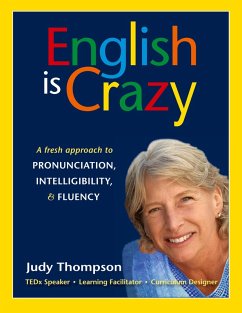Understanding Self and Others in the Postmodern World is unlike most books directed at giving people insight into themselves in that it is addressed to those who want to think about their lives, relationships with others, and how Western culture has arrived at the Postmodern World. This book examines seven different worldviews that have become dominant for periods of time in the history of Western culture. The author explains that, although all worldviews share the same structure and characteristics, they vary markedly in their contents. Further, a worldview molds those entering it after its own image. Those readers: (1) who identify their own assumptions about the nature of reality, what it means to be a human being, and the truth, will gain insight into themselves. And, identifying the assumptions held by others on these matters will give the reader insight into them. The problem in the Postmodern World is that we live and work with people who live in these different worlds. That situation has invited disagreement and conflict which, unresolved, has led to the chaos that is characteristic of our time. The solution before the nations of the West is that each citizen must grant to all others the same rights to life, liberty, and the pursuit of happiness he or she claims for him or herself.
Hinweis: Dieser Artikel kann nur an eine deutsche Lieferadresse ausgeliefert werden.
Hinweis: Dieser Artikel kann nur an eine deutsche Lieferadresse ausgeliefert werden.

